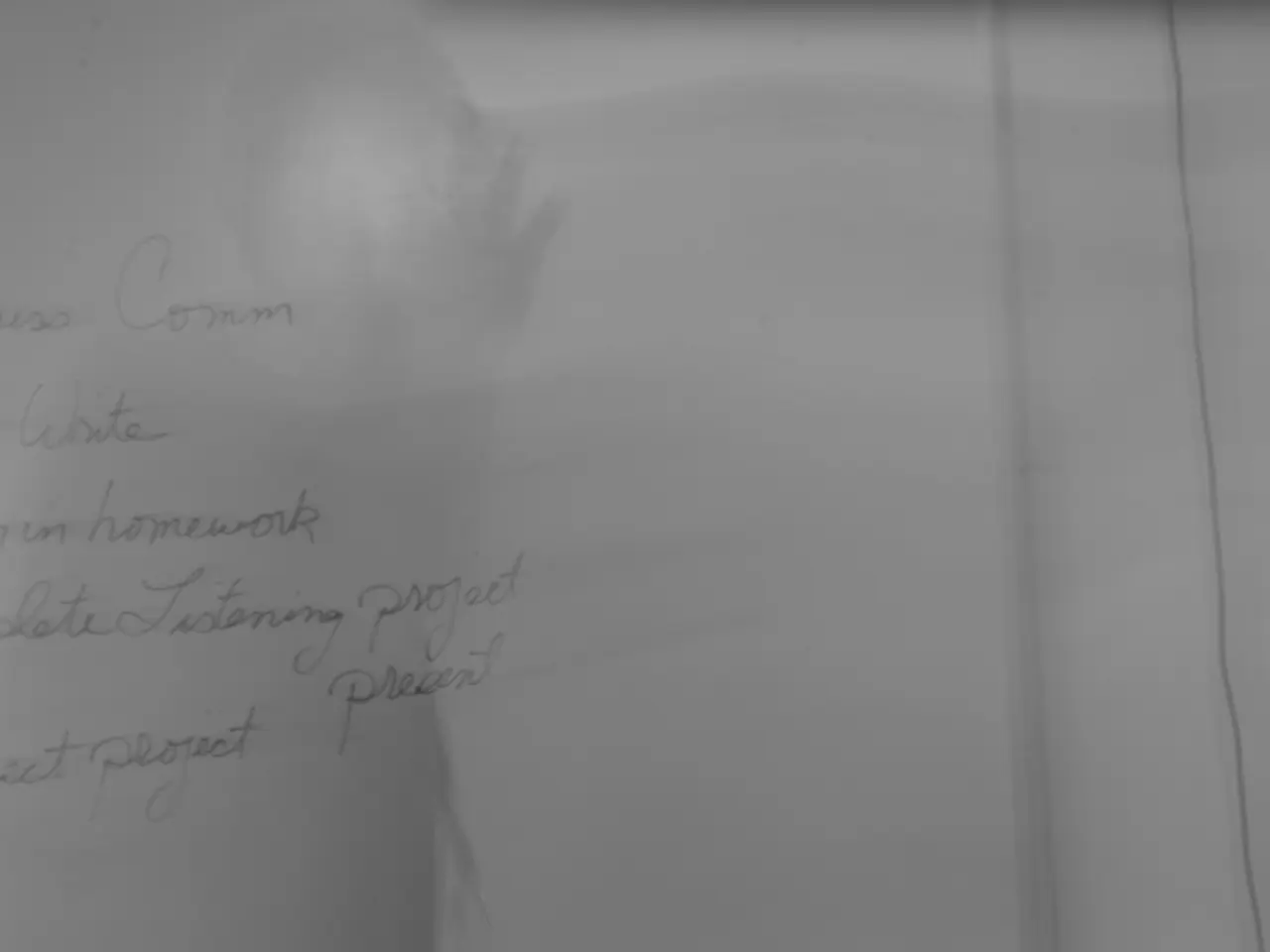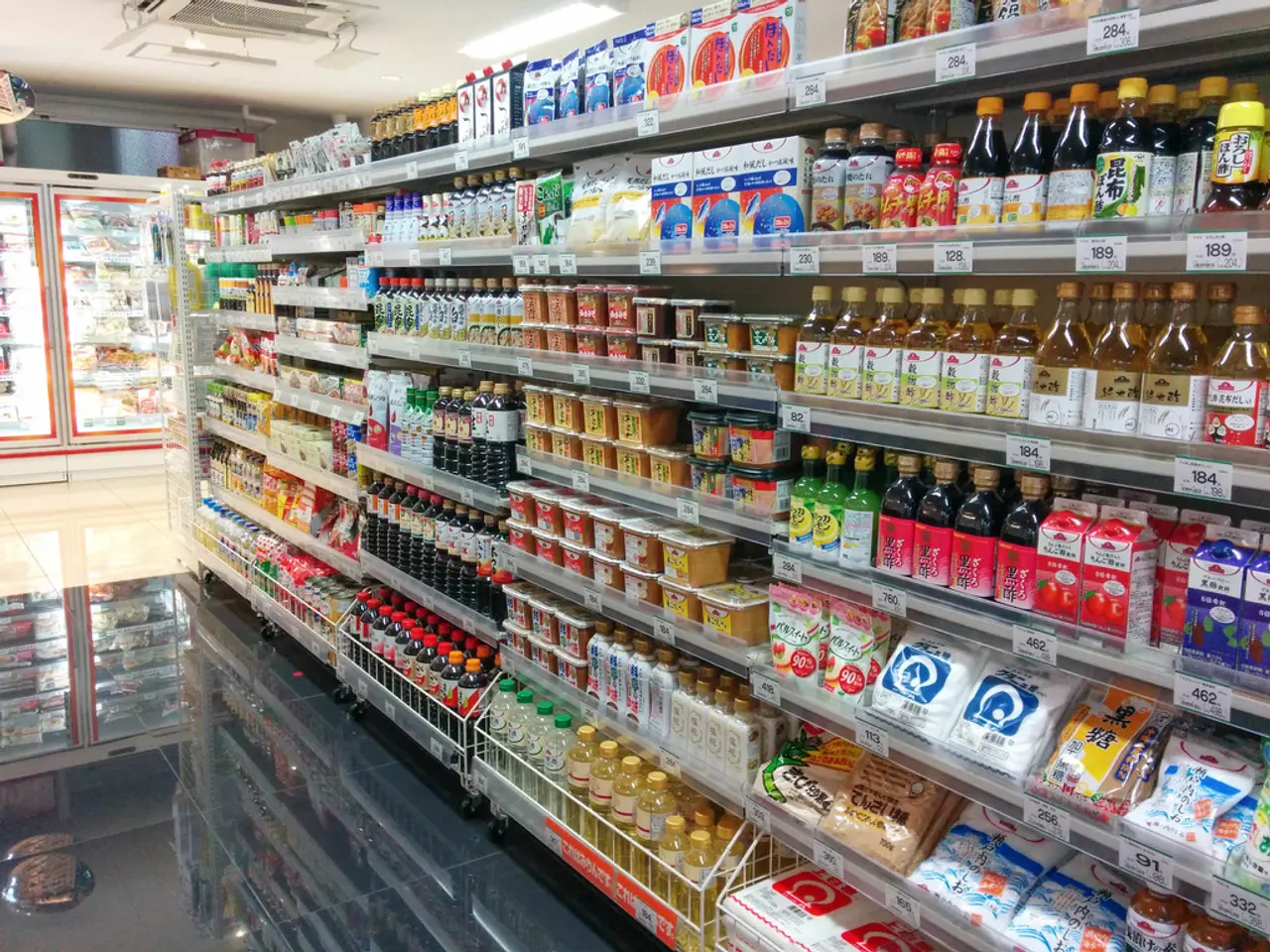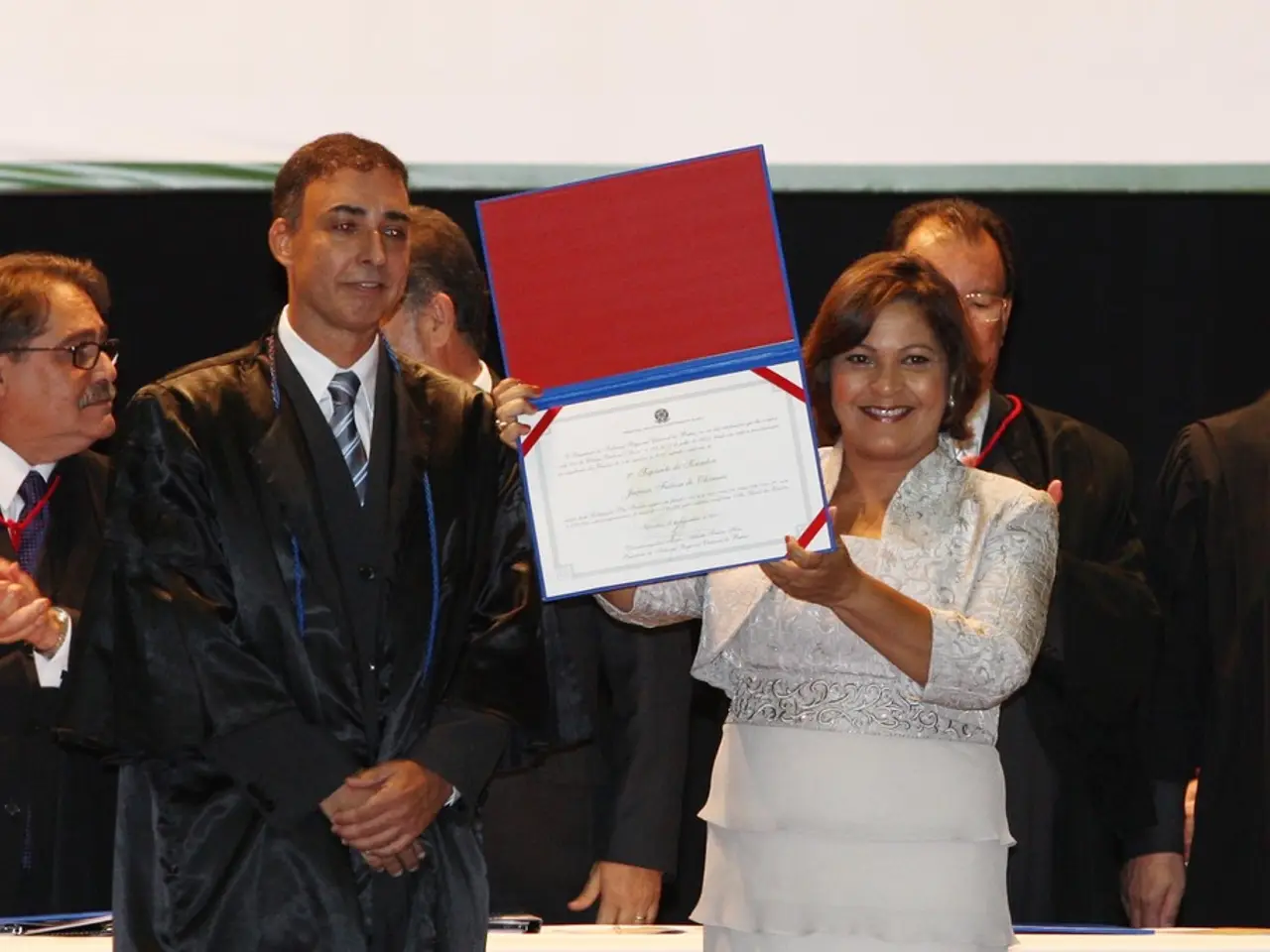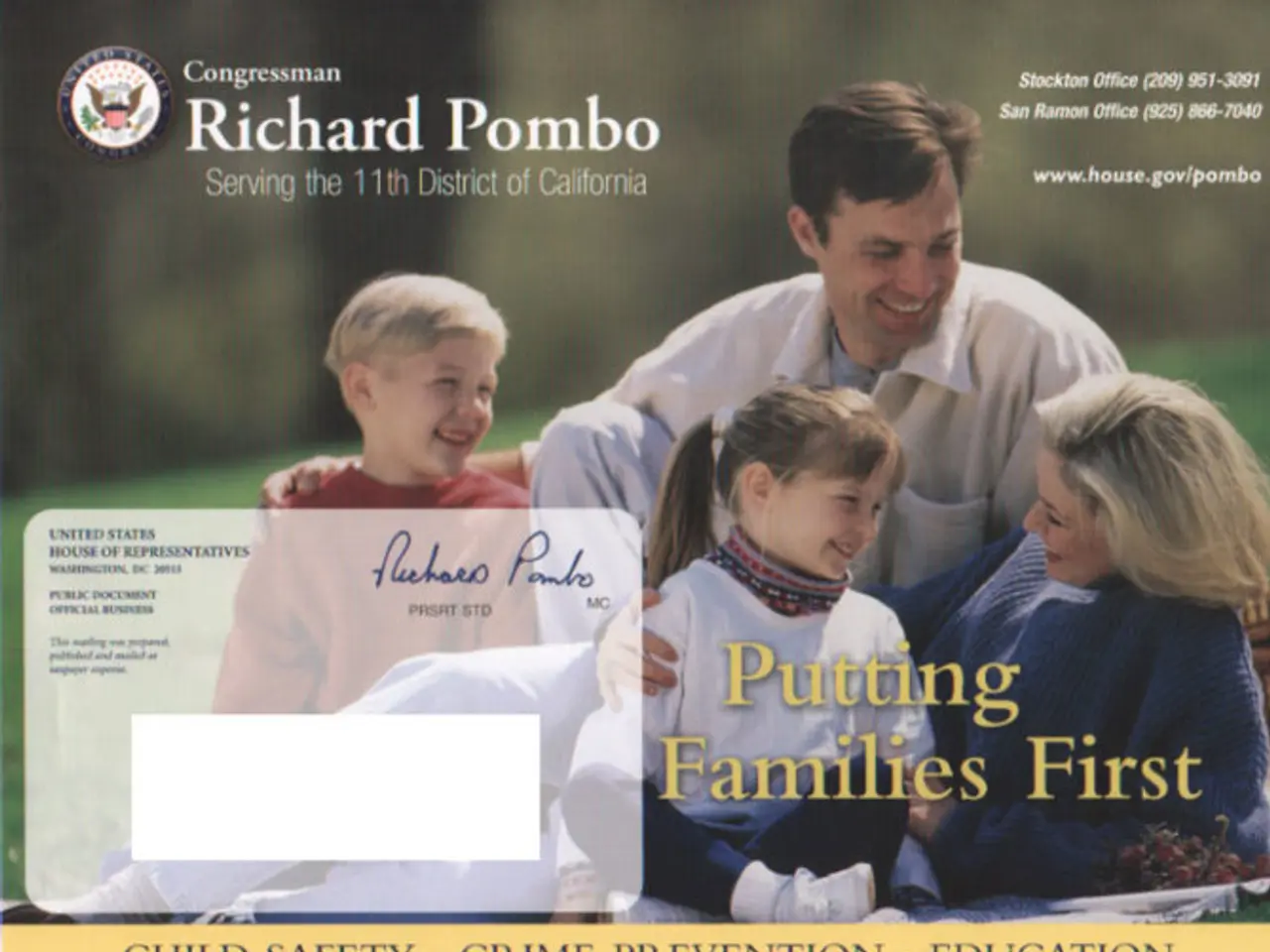Countries Facing Potential Tariffs Ranging from 15% to 50%: According to Trump's Statement
In a significant move, President Donald J. Trump announced new reciprocal tariff rates for various countries on July 7, 2025. These tariffs, set to take effect on August 1, 2025, are designed to address trade imbalances and make bilateral trade relations more reciprocal.
The announced tariff rates range from 25% up to 40% or more. Countries such as Japan, Korea, South Africa, Kazakhstan, Laos, Malaysia, Myanmar, Tunisia, Bosnia and Herzegovina, Indonesia, Bangladesh, Serbia, Cambodia, and Thailand will be subject to these new tariffs.
However, it's important to note that some rates have been revised since an initial announcement on April 2, 2025, with some countries facing higher or lower tariffs than previously set. The tariffs aim to address the "massive U.S. goods trade deficit" and are part of ongoing trade policy adjustments under Executive Orders signed by President Trump.
During the 90-day suspension period, which was extended to August 1, 2025, tariffs were reduced to a 10% baseline during bilateral negotiations. The tariffs are intended to encourage trade negotiations and address the trade imbalances.
In a potential development, the European Union (EU) and the United States appear to be heading toward a possible trade deal, resulting in a broad 15% tariff on EU goods imported into the U.S. The European Commission's primary focus is to achieve a negotiated outcome with Washington to avert the 30% tariffs Trump has threatened.
India and members of the EU are still pushing for an agreement before the heightened tariffs go into effect. The White House has also discussed a similar fund with South Korea, although no new discussions about investment funds with other nations have been announced.
The US Secretary of Commerce, Howard Lutnick, stated that small countries, including those in Latin America, the Caribbean, and Africa, would have a baseline tariff of 10%. The tariffs could potentially range from 15% to 50%, with 15% being the minimum floor and 50% applying to countries with more contentious trade relations.
President Trump has suggested that the minimum "reciprocal tariff" rate will be 15%. He also mentioned the possibility of a lower tariff for the EU if they open up their union to American businesses.
The tariffs represent the latest twist in President Trump's effort to impose duties on trading partners. In exchange for the reduction, Japan has agreed to remove restrictions on some US products and offer a US$550 billion investment fund. However, countries like Vietnam estimate their exports to the U.S. could decline by up to one-third if higher tariffs announced by Trump take effect.
As the August 1 deadline approaches, it remains to be seen how these new tariffs will impact global trade relations and whether further negotiations will lead to revised tariff rates or trade agreements.
[1] White House Press Release, July 7, 2025. [2] New York Times, July 7, 2025. [3] Wall Street Journal, July 7, 2025. [4] Executive Order, March 2, 2025.
- The announced tariffs, ranging from 15% to over 50%, have created a significant stir within the realm of finance and business, as they potentially affect numerous countries, including Japan, South Africa, India, and members of the European Union.
- The proposed tariffs, a central focus of politics and general-news discourse, aim to address trade imbalances, stimulate trade negotiations, and are part of ongoing adjustments to trade policies, as outlined in the Executive Order signed by President Trump.




